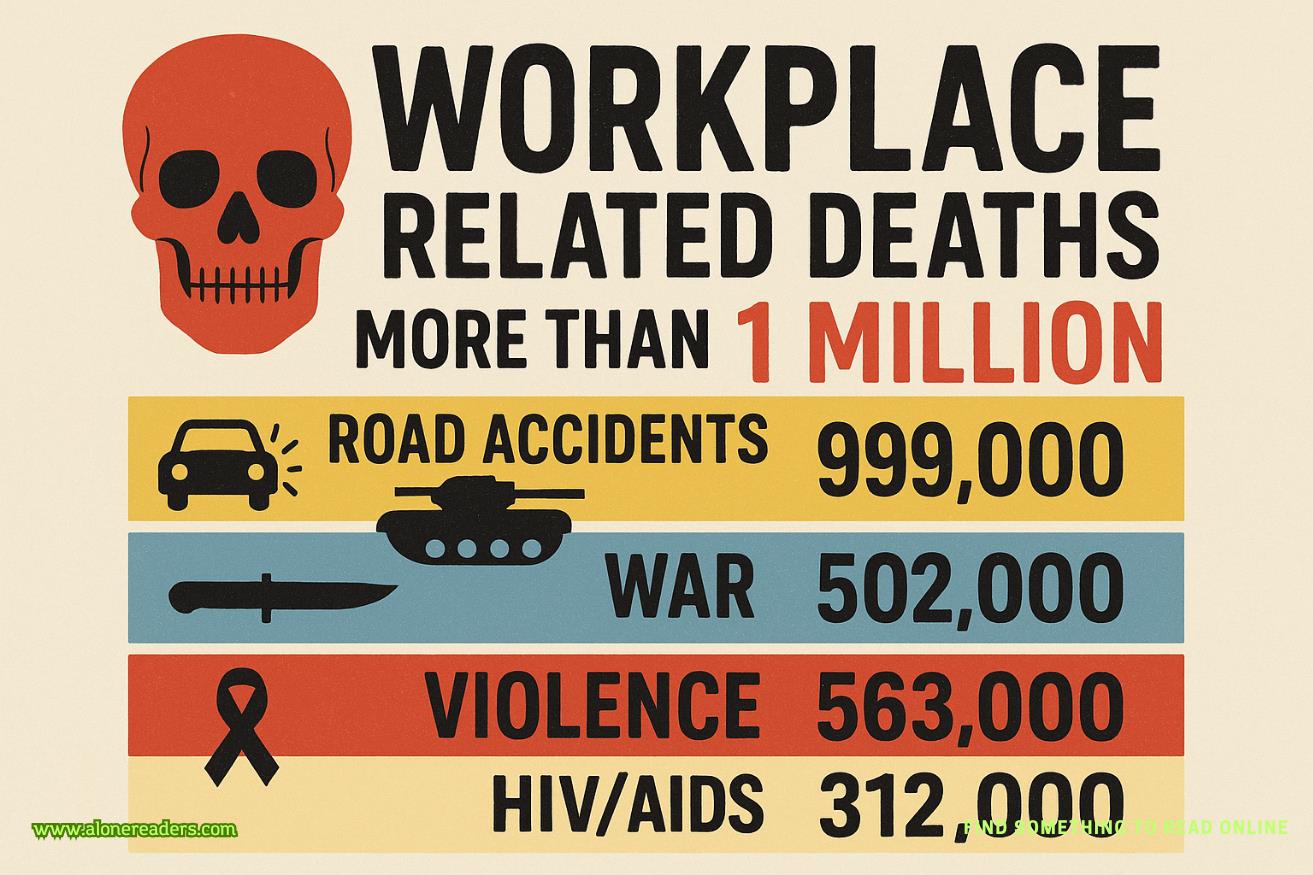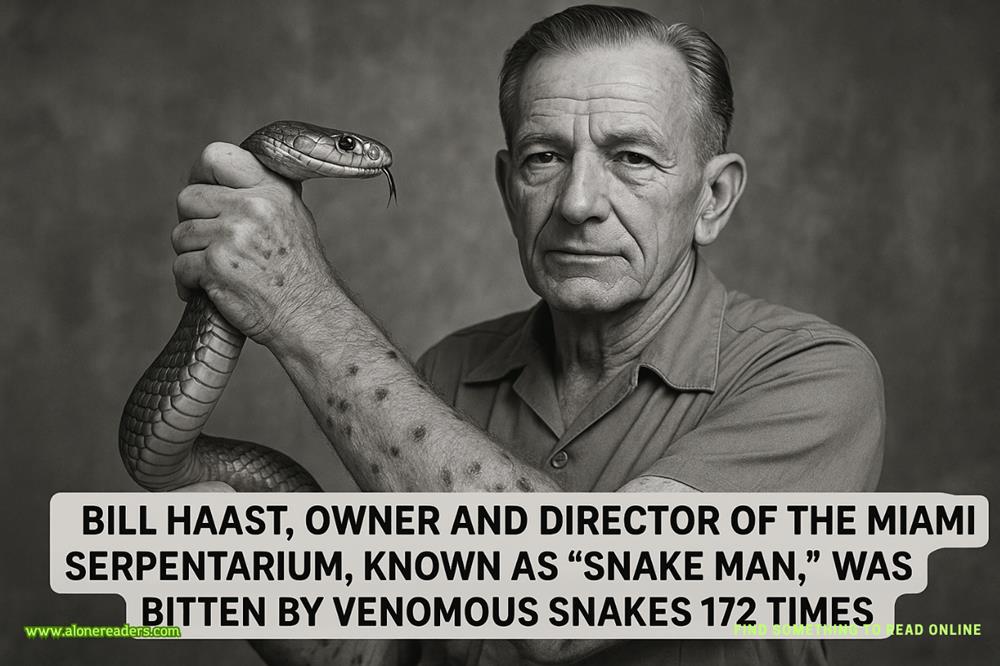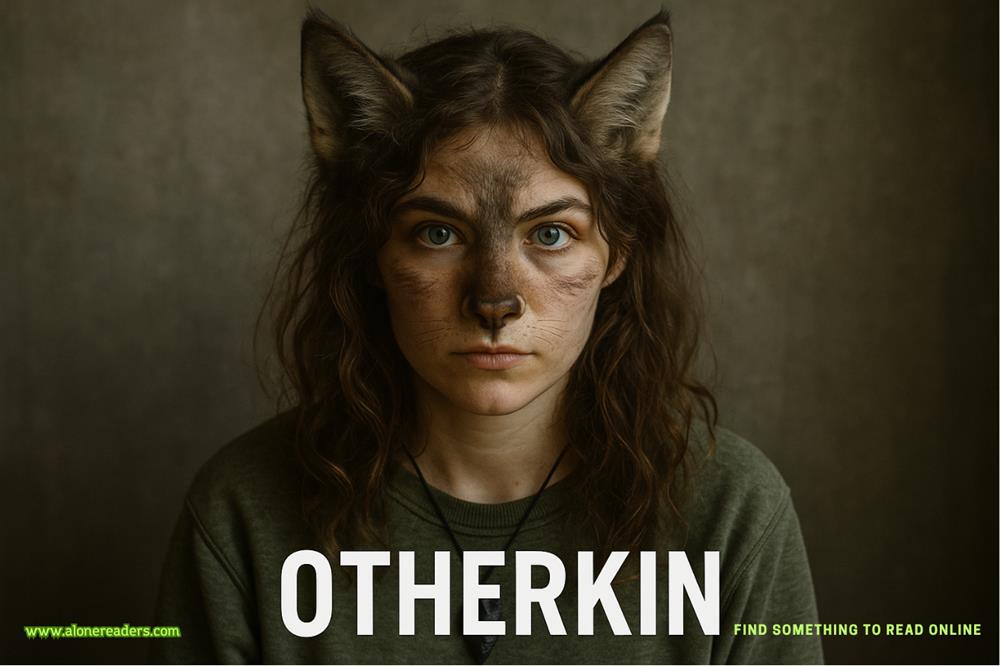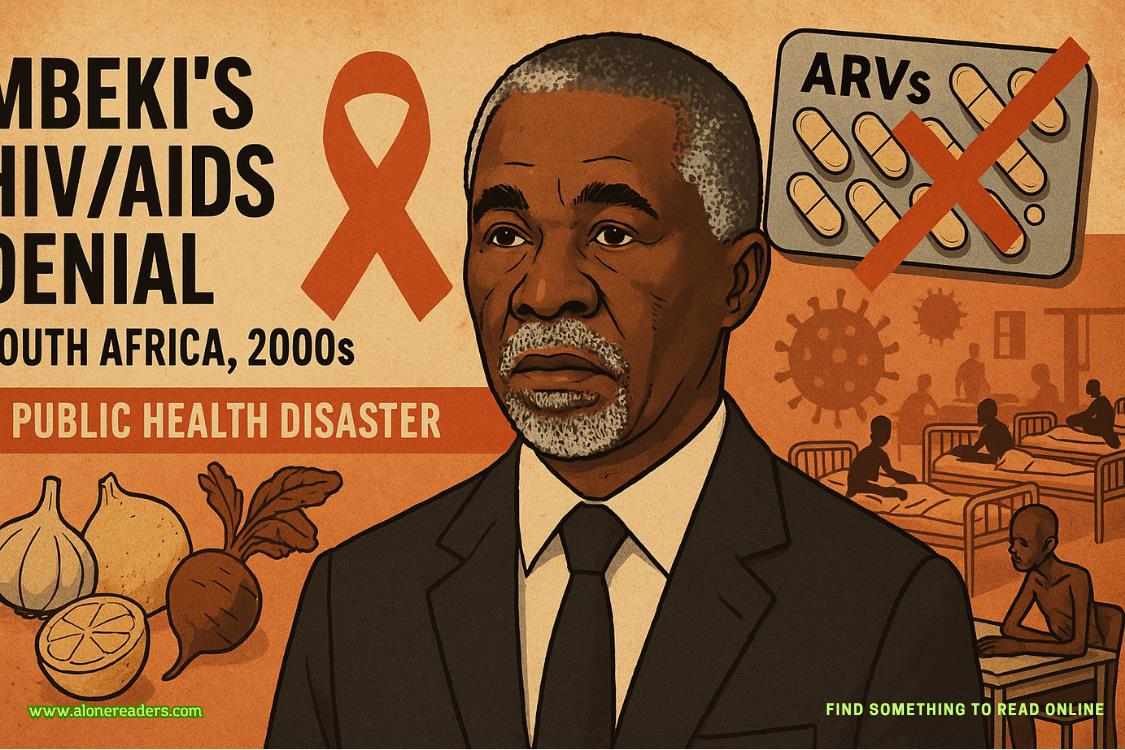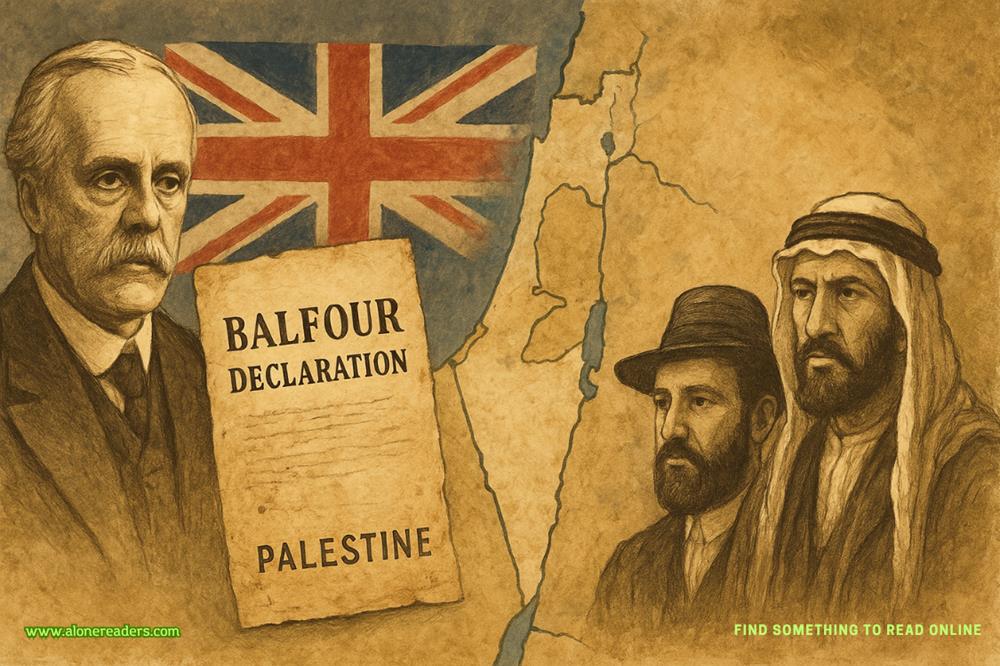Page 62 of Trickster King
Much like a mare who’d just given birth, Mutiny went to work licking the filly clean. The process would teach the filly Mutiny was now her mother along with transferring the mother’s scent.
In wild horses, it removed the scent of blood to prevent predators. For our purposes, it was the sign we needed the mare would do what was needed to nurse the filly.
My empathy talent made the most difference; in most cases, mares would not agree to nurse another mare’s foal. It could be done by restraining the mare through the critical windows for development, but it was a long and difficult process.
Magic helped, and because it was my magic doing the helping, I needed to stick around until certain mare and foal would get on together. I’d also have to help the colt, who normally would have been gradually weaned versus switched out for an ill filly.
The colt didn’t seem to mind the separation from his mother, which captured my attention. “Has the colt already been started on weaning?”
“We’ve already started the process,” Scotty confirmed. “This moves the process along faster than I prefer, but this little boy is a brave sort, and he finds the taste of grain to his liking. I’m not anticipating any problems with weaning him and setting him loose in the pasture with the other weanlings learning to be away from their mothers. I’ll be gelding him as soon as he’s a good age.”
“Expect aggression?” Sweet-tempered foals could turn into aggressive nightmares upon reaching sexual maturity, and we always evaluated our colts for warning signs.
“He’s brave, he’s bold, and he’s a gene carrier for lethal white.”
I eyed the colt, who had some white markings, but not enough to have immediately led me to think he had the overo gene. “Good call. Dam or sire?”
“Sire, who we had gelded. His white showed up in the socks, so I didn’t think to test for the overo framing initially. But then I saw his sire, who has enough white on him I would be dumb not to check for overo in his son. Sure enough, the gene had passed on. We lost a foal two seasons ago to lethal white, and it won’t be happening again in my barns. I had all my stock tested, and we have taken care to make sure none of the mares with the gene were bred to studs with it. They’re all marked as carriers, so hopefully that’ll suffice. Overo isn’t a problem as long as we aren’t breeding it with sire and dam.”
As most quarter horse associations didn’t want excessive white in their stock, leaving the quarters with significant overo framing to be dubbed paint horses, the problem wasn’t as much of a problem with the hardcore ranchers, who stuck with registered quarters with a preference against the overo gene. For once, the snobbery of the equine world had done some good as the odds of having a lethal white foal among the ranch horses came in slim at worst.
The good breeders found the twenty-five percent chance of the syndrome to be unacceptable.
We’d taken to genetically testing every horse to come into our barn, doing our best to prevent genetic diseases.
As the goal was to get the mare to accept the filly with as little interference from me as possible, I left the stall although I kept it unlocked so I could get inside if needed. Mutiny groomed the filly, who went to sleep within minutes.
The vet made a satisfied sound, and she joined me outside of the stall. “Before you worry, I can monitor her as easily out here as I can in there, and this is better for them. If all goes well, any risk of rejection will be over within twelve hours. But seeing how Mutiny is behaving? She won’t reject the filly at this point.”
“Any idea what breed she is?”
“The filly? No idea. We’ll have to run a DNA test at this stage.”
“If we can do so safely for the filly, I’d like to know if we have any genetic problems.”
“We can do the draw. It’s not going to make any difference in her prognosis at this stage, and if we can detect any illnesses in her blood now, we have a better chance of getting her onto the road to recovery.”
“Do it.” My wife would hang me from the rafters of our barn the instant she found out I was dishing out for genetic testing on a maybe, but I would stack the deck in the filly’s favor as much as I could. “With her in this condition, do you think a full recovery is possible?”
“She’ll be able to do everything a healthy horse can, so don’t you worry about that. We’ll get some good pictures of her with Mutiny, and you can use it on your campaign for saving horses once you have her doing something productive—even if that something productive is a solid school horse.”
“Solid school horses cost a fortune,” I muttered. “Jessica wanted to buy some for our kids, and they can cost more than the competition horses. The solid school horses are often horses that were supposed to compete and didn’t quite make the cut, but they are dependable, unflappable, and often won’t respond to the rider unless the rider is doing what is correct and expected. For the record, we bought exactly one school horse of that lot because she was a two-for-one special. She’ll be a broodmare more than a school horse.”
We had some cheaper school horses, but I preferred to tame the wild spirits and turn them into reliable animals anyone could trust with a child.
The vet rested her elbows on the stall ledge to observe the mare and filly. “Is this your first time with horses this bad?”
“This bad? Yeah, it is. I’m genuinely astonished any of them made it through the night. We’ve lost horses in our barns for far less.” Broken bones from accidents tended to be the leading cause of death among our horses, and I loathed making the decision between treating or euthanizing. It all depended on the nature of the break and the time required to allow for healing. When we could treat, we did.
When we couldn’t, we handled the matter in as expedient and kind a way as we could.
I’d learned early on to always bring a pistol when called about a broken leg, as it took an eternity for a vet to arrive. It was the one duty I refused to give to my wife or pass off to an RPS agent.
During the worst-case scenario, where I couldn’t save my horse, I handled the heartbreaking job myself.
If I couldn’t get to the ranch with the horse in question, I stayed on the phone while someone handled the job for me.
It was the least I could do.
